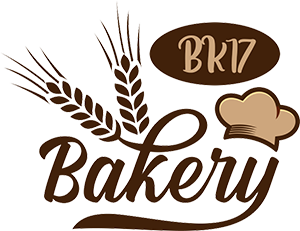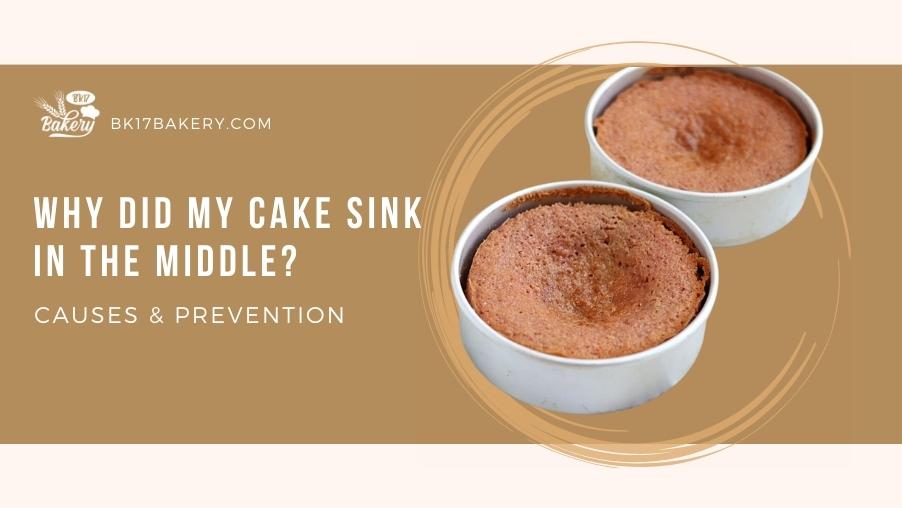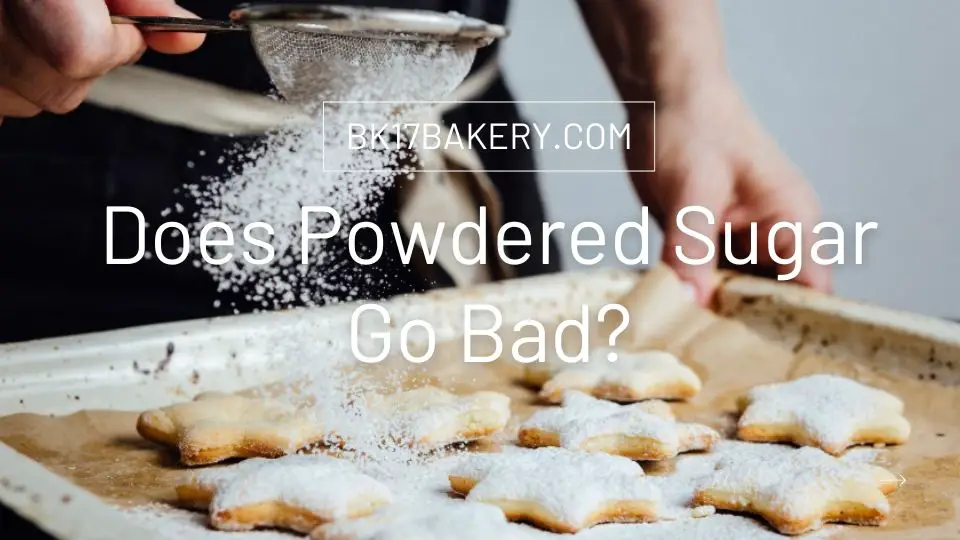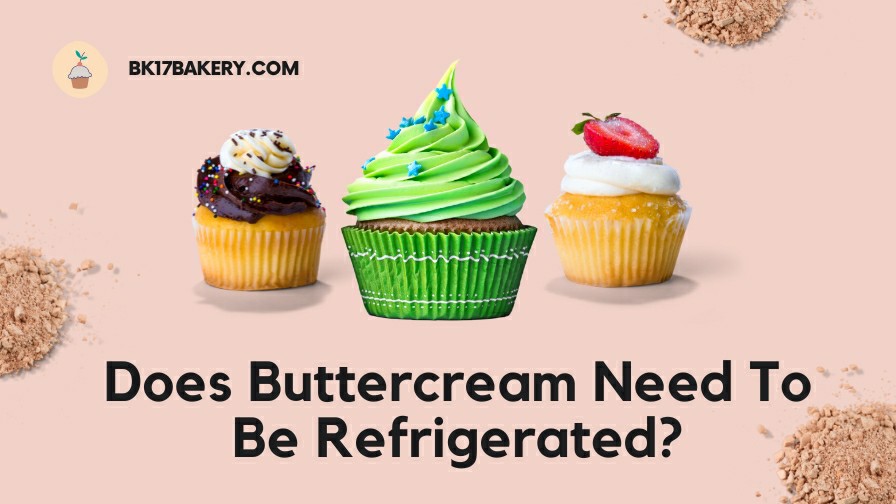Cake baking requires keen attention to small details. Even a slight misstep might lead to unwanted results, which most do not realize until too late. Imagine having your birthday cake sink in the middle in front of hundreds of participants!
Fortunately, all hope is not lost; there are still ways to fix their cake layers. Keep scrolling to learn how that is possible.
In This Article
Why Does My Cake Sink In The Middle?
Underbaking, wrong ingredient ratios, expired/ too much baking powder, too-soft butter, over-whipped sugar, and incorrect batter temperatures and bake pan sizes are the common culprits of falling or sinking cakes.
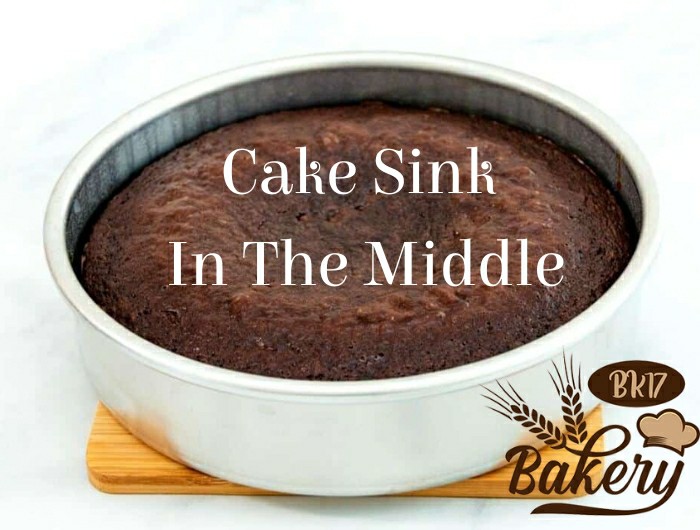
If none of these apply to your case, then you should check whether the recipe is even reliable in the first place.
1. Underbaked Cakes
Underbaking is among the most common reasons behind a sunken cake.
Most cake batters will receive heat from the outer parts first, which is then slowly transferred to the inside parts. As such, the cake’s center will be the last place your oven heats travel to.
Removing the cake from the skillet too soon gives the center little time to fully process the heat, meaning it does not have enough strength to support the entire cake. No wonder!
2. Incorrectly-Measured Ingredients
While cup measurement is convenient, it is not always exactly accurate.
And that might prove dangerous for baking formulas that require consistent ingredient mixing: even the slightest imbalance between the dry and wet elements might lead to too-dry or undercooked textures, pulling the cake’s center downwards.
3. Expired Baking Powder
Have you wondered why the cake did not work despite sufficient baking powder?
Then chances are the baking soda/baking powder itself isn’t working. Expired powder barely has any power or absorbance levels on the batter, failing to help the cake rise well.
Aside from the expiration timing, you should also pay more attention to the powder’s storage condition. Baking soda exposed to excessive humidity and moisture becomes spoiled faster than you think – even when there are months or even years before the due date.
See more: Does powdered sugar go bad?
4. Too Much Baking Powder
Most cake recipes only require baking powder for batter preparation. However, proper amounts are the key here: it should be neither too much nor too little. Unfortunately, the former has been the case for many beginner cooks!
As a result, the cake rises much higher than required, only to deflate afterward and cause the middle part to fall.
5. Wrong Temperature For The Batter Ingredients
All batter ingredients, such as milk, butter, and egg, must be prepped at room temperature – neither warm nor cold. Otherwise, a proper mixture is impossible, dampening the entire cake structure.
6. Too-Soft Butter
Though I have just stressed the importance of room temperature for butter, that does not mean it should be extremely soft or liquified. There is a difference between melted and soft butter, after all!
Pairing creamed sugars with too-soft butter may cause frothy bubbles on the surface’s top. Within short periods, they would explode, sinking the entire cake as a result.
7. Over-Whipped Sugar and Butter
Air bubbles often occur during creaming to strengthen the baked cake’s sidewalls.
While they are critical in determining the cake’s structure, too many bubbles are a different story; the cake balls might rise too fast and deflate too suddenly, causing it to stumble and fall at the center.
8. Overmixed Batter
Nobody says ingredient mixing is unimportant; still, remember that there is a clear line between successful and failing cakes. Do not overstep that line by whisking the ingredients for too long – or, as professionals call it, overmixing.
Stop immediately when you see the batter seems well-mixed. I used to overdo this and always ended up with a deflated cake out of the oven until I found that doing so allows too much airflow to be trapped inside the batter and deform the cake.
9. Wrong Size Cake Pans
Double-check your recipe again; does it require a specific type of baking pan? If yes, try to find a pan that matches those exact requirements, ensuring the batter’s optimal development.
Failure to abide by that rule will inevitably destroy the cake. Suppose the pan is smaller than required; you have no choice but to overfill your pan with the batter. The cake will likely become undercooked, causing the ill-baked parts to sink.
10. Too-Hot Oven
Some middle-range ovens may display inaccurate temperatures. I once encountered such a situation: the touchscreen showed me the current temp was 180C, while it was 193! To save my overheated cake, I had to purchase digital oven thermometers on the same day.
Some inexperienced cooks, however, are not so lucky. Due to overheating issues, the outer edges of the cake look almost burnt, while the middle is still under-baked and moist. Sunken cakes will be inevitable.
11. Unreliable Cake Recipes
What if you have put in the highest-quality ingredients, followed every instruction carefully, and preheated the oven to the right temperature – yet the cakes still sink?
In that case, I suggest double-checking the recipes themselves. Thousands of recipe websites are spawned online, but not all have high authority scores or come from trusted sources.
Some bloggers have likely never developed or tested these recipes themselves, while others deliberately skip explanations about the ingredient ratios and other important steps.
How to Fix Cakes Falling In The Middle?
There are several ways to save the day. Some love to add more frostings or fillings to hide the fallen parts, while others decide to make completely new desserts that use the cake crumbles as parts of the decorations.
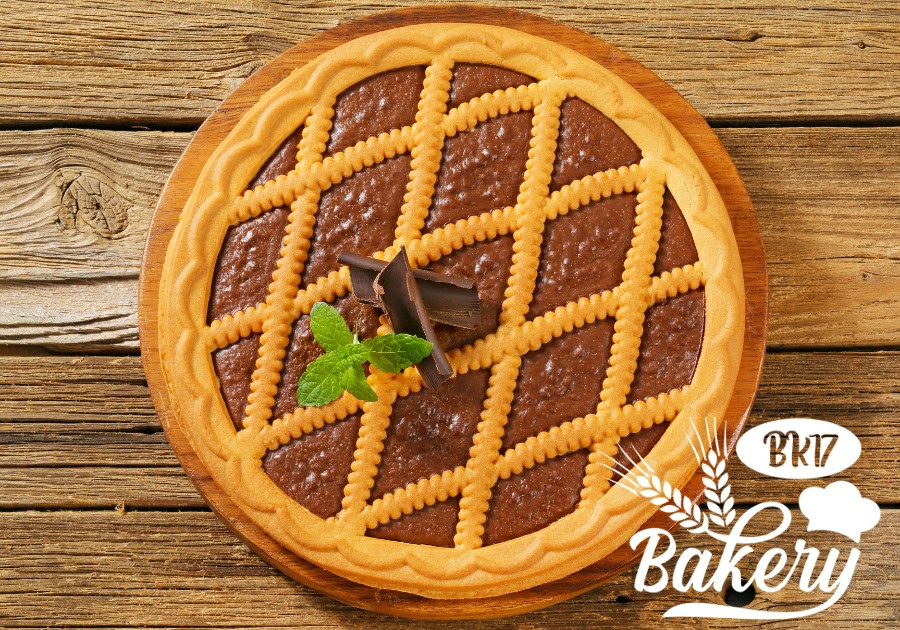
1. Add More Frosting
Whenever my cake sinks, I will grab some extra frostings to cover the lower spots, smoothing the cream while I am at it until it feels even.
2. Turn Your Cake Into Cake Pops
Mix the cake crumbs with some frosting, then dip them into candy melts or chocolate to turn the sunken cake into a completely new type of dessert. Nobody would realize your original recipe!
3. Make Some Shakes
Instead of throwing the cake away, you may make some milkshakes for the guest (trust me, it only takes 15 to 30 minutes), then add the pieces of moist crumbs on the top to complete the set.
4. Add Fillings
Do you have any sprinkles or candies around? Terrific!
Remove the entire sunken part, then fill it with candies and frostings. That way, the cake portion will turn into an extra, surprise-inside dessert (instead of being served as the main dish).
If they are chocolate cakes, you might want to follow my steps: add cherry pies atop the sunken spot, then put some whipped toppings, and finally finish the look with several more cherries.
How to Prevent Cake From Sinking After Baking Time?
To make a perfect cake, only use fresh ingredients and high-quality measuring cups during your baking. Plus, avoid letting the cake batter sit too long, and never open the oven door too often during cooking time. For accurate temperature readings, it would be best to install oven thermometers.
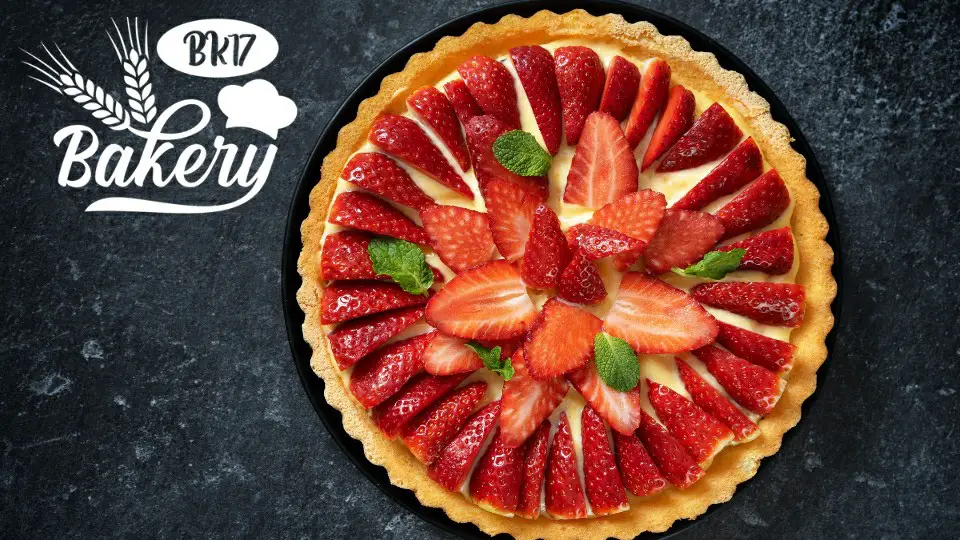
1. Know to Use Your Oven Well
To ensure no mishaps happen with your oven usage, keep these tips in mind:
- Purchase an oven thermometer: The oven screen, as mentioned, is not always accurate, so install oven thermometers to confirm the cake’s actual temperature. Even just a slight temperature change might disrupt the baking formula.
- Do not open its door: Excessive and too-frequent door opening invites cold air inside the oven and messes up how the cake is cooked.
2. Use Fresh Ingredients
Always use new and fresh raw materials (milk, eggs, etc.) when baking. Double-check the expiration dates of your flour, baking powder, or baking soda, and do not forget to prep the batter ingredients at room temp.
3. Creaming The Butter and Eggs
Another rule of thumb is to warm the butter and eggs to room temp before blending them. The reason is simple: cold eggs do not match well with other dry ingredients, which may cause the unmixed batter to form pockets and, in turn, make the cake collapse.
The same applies to butter. As previously mentioned, keep it neither too cold nor too warm (or melted) to sustain the cake’s texture consistency.
4. Ensure Precise Measurement
Abide closely with the recipe’s ingredient measurements and ratios. To avoid miscalculations, only use high-quality measuring cups with clearly-marked lines.
5. Perfect Timing Is The Key
Avoid letting your batter wait too long – unless the recipe specifically requires so; otherwise, the batter’s quality will reduce over time and lead to eventual cake sinking.
Will A Sunken Cake Taste Okay?
Yes, unless you use expired ingredients or let the cake burn due to excessive temperature. Aside from that, these cakes still taste fine; it is just that for huge parties or events, they are not really a pretty sight to see.
Can You Turn A Sunken Sponge Cake Upside Down?
Yes. If you have already run out of frostings or fillings, the best way to decorate sinking cakes is to flip them over, then use cookie bits or cake scraps to fill the empty spaces underneath. That way, the cake’s stability is still guaranteed.
Conclusion
What causes a cake to sink in the middle is mostly wrong ingredients, cake pans, oven temperatures, or incorrect recipes.
But no worries; provided they still taste good, there are many ways to cover up your mistakes. A sunken baking cake is not really the end of the world!
